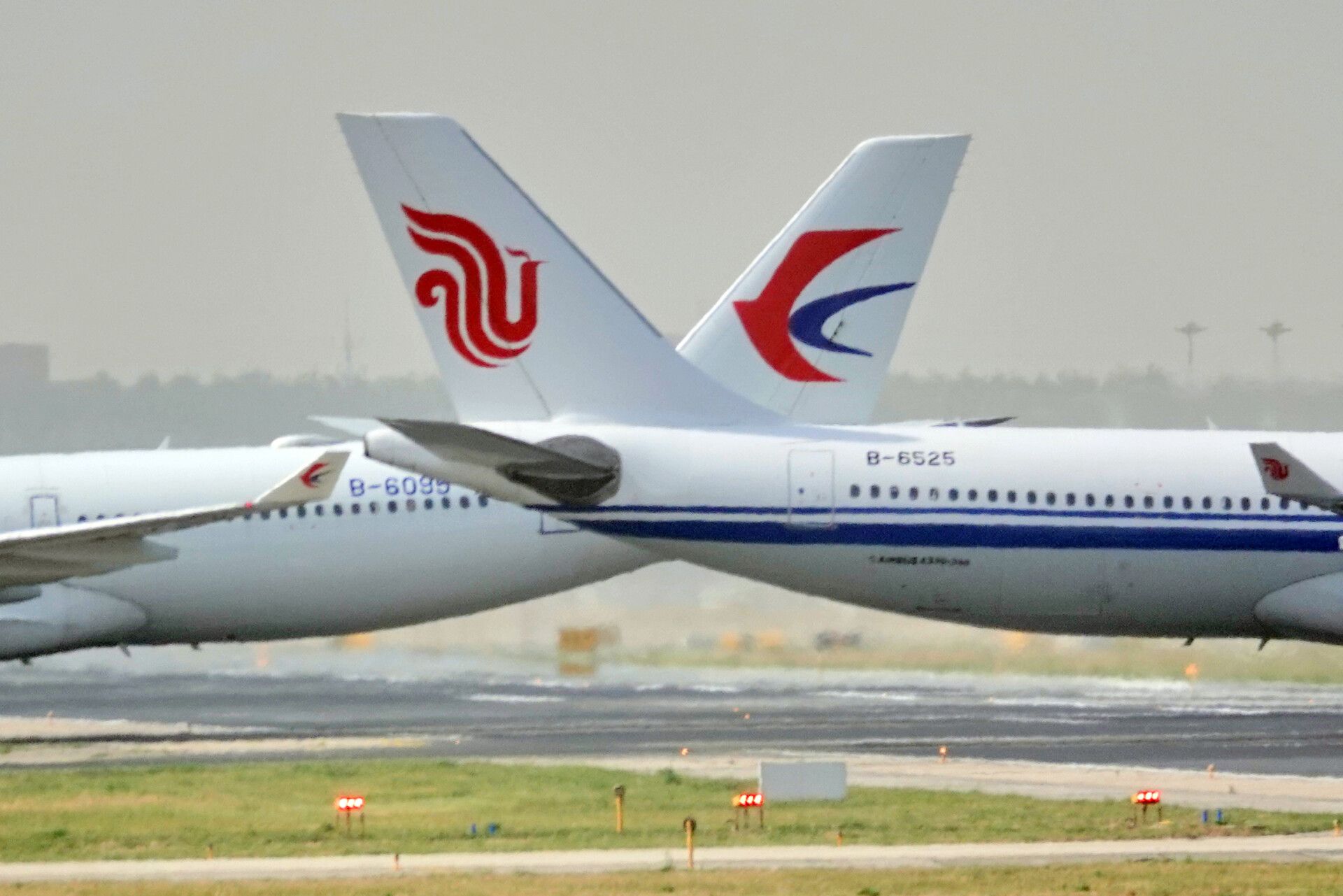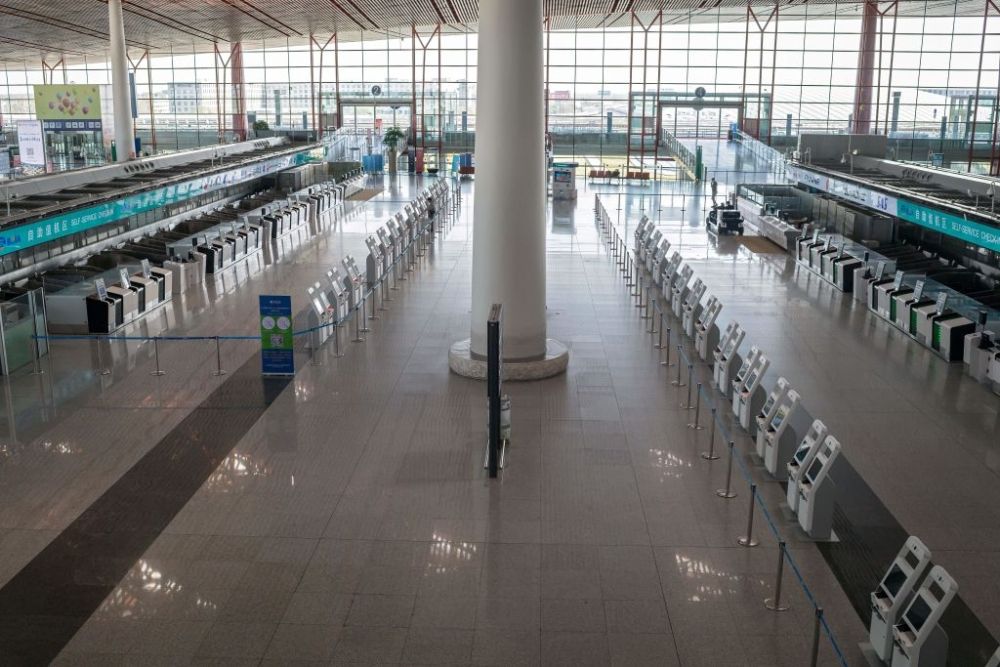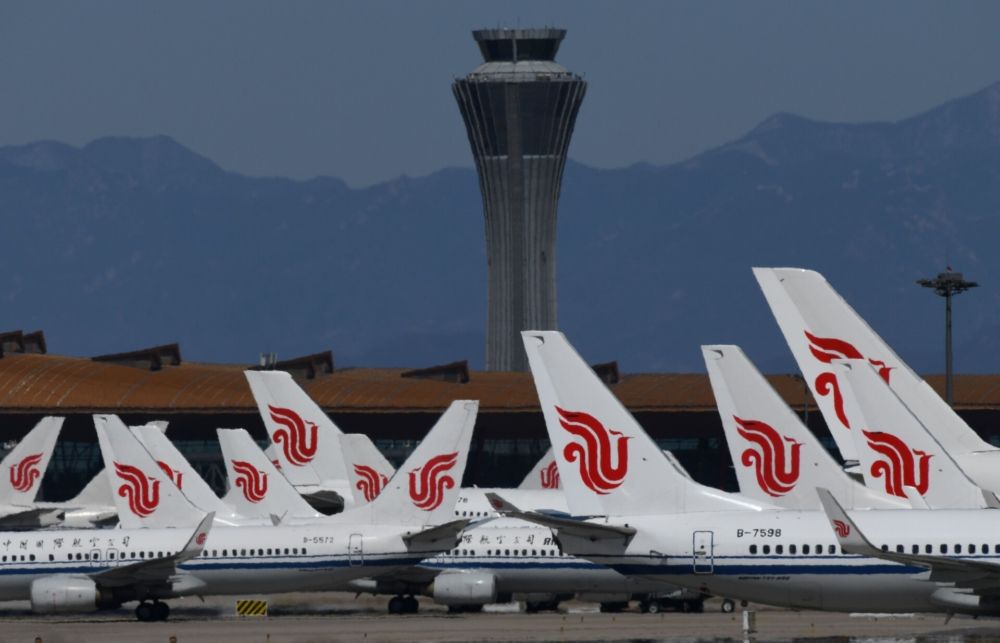China's domestic market is faltering once again as the country clamps down on new COVID cases. Airlines have cut capacity by 10% for December in recent days due to outbreaks and fears of the Omicron variant. While the domestic market was once seen as a major success, the instability has left it behind competitors in the US and Europe.
Cuts again
Just as Chinese airlines were on their way to making a domestic recovery over the winter season, COVID is back again. According to Reuters, airlines have cut 9.4% of planned flights for December due to new restrictions from Beijing and outbreaks in Shanghai, the Zhejiang province, and more.
The recent cuts will affect holiday travel in the winter, which usually sees millions criss-cross the country for holidays and to meet family. However, this leisure traffic will be sharply reduced, with domestic capacity standing at 60% in November and set to be even lower this month. This is a far cry from the 115% recovery carriers saw in April, exceeding pre-pandemic capacity, and new restrictions will leave airlines with deeper losses.
Passenger numbers have taken an even sharper hit. Domestic traffic fell to just 40% of pre-pandemic figures in November as China clamps down. With travelers canceling trips already, the last quarter of 2021 will likely see losses of over $1 billion, according to analysts.
Stay informed: Sign up for our daily and weekly aviation news digests.
Restrictions
The choppy recovery of China's domestic market results from the nation's zero COVID strategy. This policy means that when a local infection is found, cities are sent into lockdowns, and nearly all flights are canceled to prevent cases from spreading. However, recent weeks have seen restrictions tightened even further.
Reuters notes that since mid-November, airlines cannot operate flights to Beijing from any city that has seen local infections in the last 14 days. This has meant several routes have been axed as provinces battle small outbreaks. China is hoping to keep cases out of Beijing in preparation for the Winter Olympics in February.
As the country records over 100 local cases a day, most from one province, the guard remains high. However, this comes at the cost of aviation and several other industries facing supply chain issues and deep losses. Meanwhile, international traffic has only been further cut, leaving thousands struggling to reach the country.
737 MAX returns
The only spot of good news for the industry has been the imminent return of the Boeing 737 MAX. China was the first to ground the narrowbody and will be the last major market to resume its flying after taking a wait-and-see approach. However, as the jet clears major hurdles with regulators, airlines are set to resume flights within weeks.
However, the additional capacity may not be a welcome sign for operators. With traffic struggling domestically and internationally, the MAX provides little value currently. Instead, carriers will eagerly wait for travel to fully resume before boosting operations.
What do you think about China's domestic recovery? What impact will the MAX's return have? Let us know in the comments!



